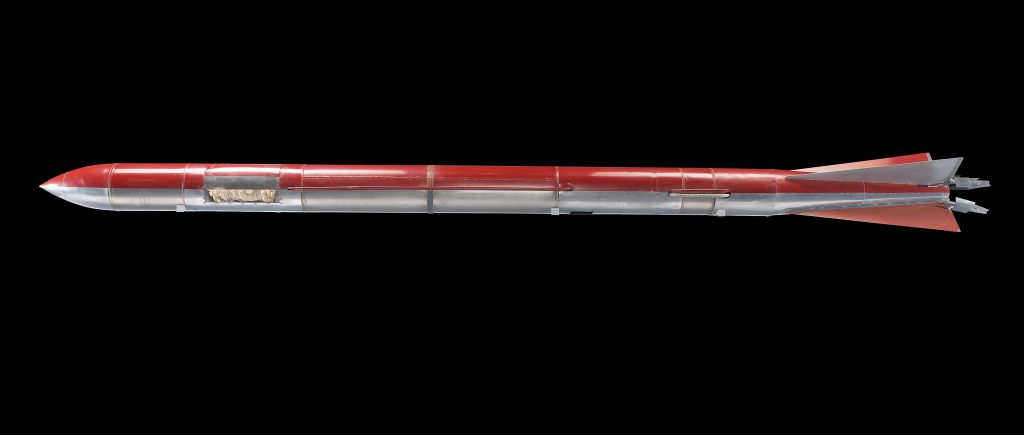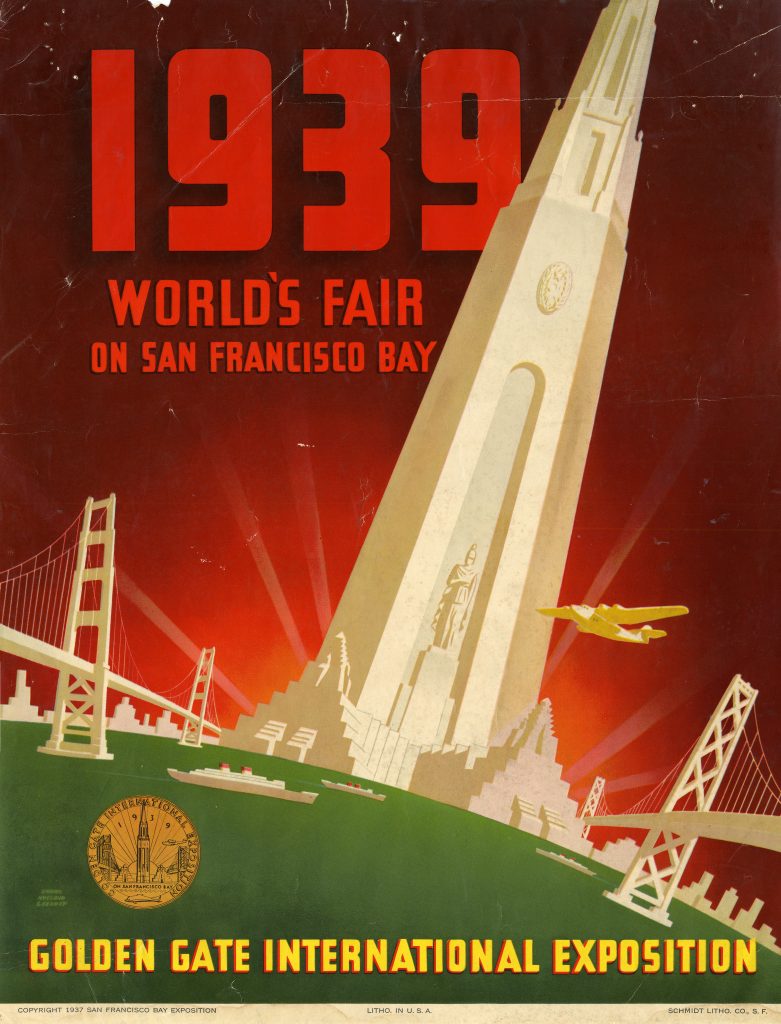Futures Past

Can we truly understand the future without understanding our past? Futures Past presents rarely-seen objects from Smithsonian collections to illuminate the many ways that people have tried to make a brighter tomorrow. These historical visions shaped the world we now live in, as well as the dreams we have for our own futures. We are, after all, only the latest in a long line of future-makers.
Check these out
Exhibition Posters
Digital artist Nettrice Gaskins used algorithms and machine learning, including A.I. neural network Deep Dream, to create 11 portraits of futurists featured in the exhibition.
Portraits from a Neural Network
Learn more>
175th Anniversary Celebration
For 175 years and beyond, the Smithsonian has explored the origins of the universe, the sustainability of life on the planet, the full diversity of American history, and human creativity. The Smithsonian is an engine of the future.
Smithsonian at 175
Learn more>





